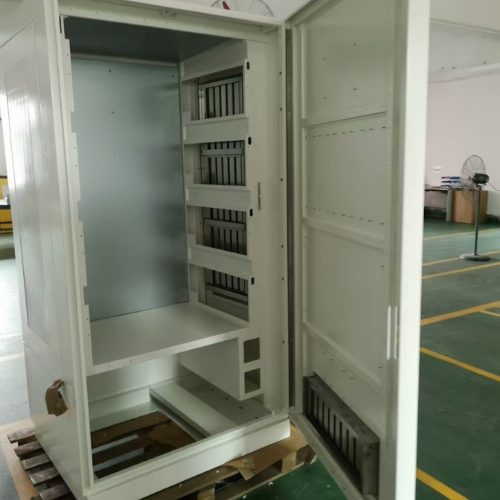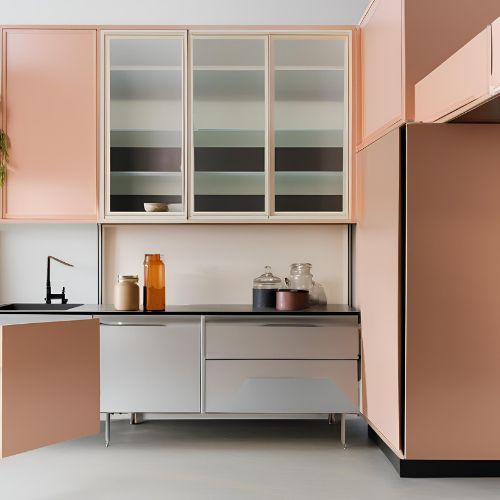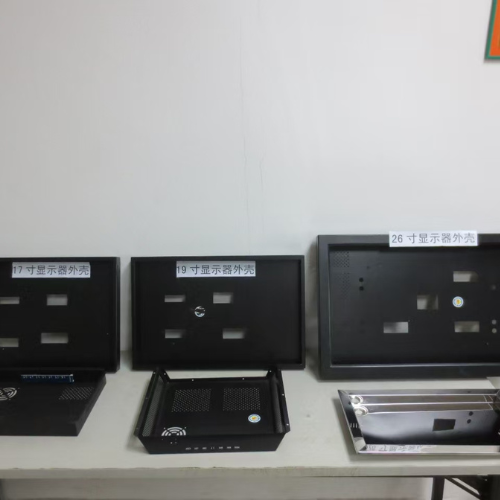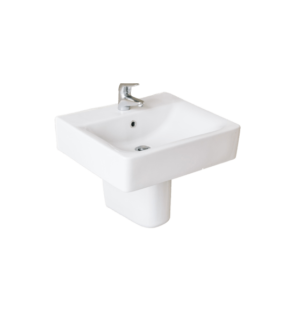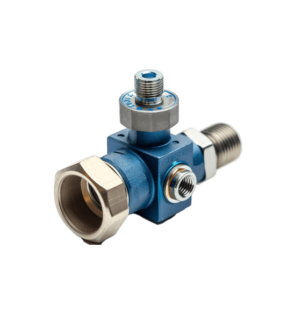Sheet metal cabinet fabrication is a versatile and widely used process for creating durable, functional, and aesthetically pleasing cabinets for industrial, commercial, and residential applications. Below is a detailed overview of the process, materials, design considerations, and applications.
1. Materials Used in Sheet Metal Cabinet Fabrication
– Common Materials:
– Cold-Rolled Steel (CRS): Durable, cost-effective, and easy to work with.
– Stainless Steel: Corrosion-resistant, ideal for harsh environments (e.g., food processing, medical).
– Aluminum: Lightweight, corrosion-resistant, and suitable for outdoor use.
– Galvanized Steel: Zinc-coated for added corrosion resistance.
– Copper or Brass: Used for decorative or specialized applications.
– Material Thickness: Typically ranges from 0.5 mm to 3 mm, depending on the cabinet’s purpose and load requirements.
2. Fabrication Processes
1. Cutting:
– Laser Cutting: High precision for complex shapes.
– Plasma Cutting: Suitable for thicker materials.
– hearing: Straight cuts for simpler designs.
2. Bending:
– Press Brake Machines: Create precise bends and angles.
– Folding Machines: For larger panels and simpler bends.
3. Forming:
– Roll Forming: For curved or cylindrical shapes.
– Stamping: For creating embossed or recessed features.
4. Joining:
– Welding: TIG, MIG, or spot welding for strong, permanent joints.
– Riveting: For non-welded assemblies.
– Fasteners: Screws, bolts, or clips for modular designs.
5. Finishing:
– Powder Coating: Durable, corrosion-resistant, and available in various colors.
– Anodizing: For aluminum cabinets (enhances corrosion resistance and appearance).
– Painting: Custom colors and textures.
– Plating: Chrome or zinc plating for added protection and aesthetics.
3. Design Considerations
– Functionality:
– Load Capacity: Ensure the cabinet can support the intended weight.
– Accessibility: Include doors, drawers, or removable panels for easy access.
– Ventilation: Add vents or fans for heat dissipation in electrical cabinets.
– Cable Management: Incorporate grommets or cable trays for organized wiring.
– Aesthetics:
– Surface Finish: Choose finishes that match the environment (e.g., matte for industrial, glossy for commercial).
– Custom Branding**: Add logos, labels, or custom colors.
– Compliance:
– Standards: Ensure compliance with industry standards (e.g., NEMA, IP ratings for enclosures).
– Safety: Rounded edges, fire-resistant materials, and secure locking mechanisms.
4. Applications of Sheet Metal Cabinets
– ndustrial: Control panels, server racks, and tool storage.
– Commercial: Retail displays, office storage, and point-of-sale systems.
– Residential: Kitchen cabinets, utility cabinets, and home automation enclosures.
– Outdoor: Weatherproof electrical enclosures and telecom cabinets.
5. Advantages of Sheet Metal Cabinets
– Durability: Resistant to wear, corrosion, and impact.
– Customizability: Easily tailored to specific dimensions and features.
– Cost-Effective: Efficient production processes reduce costs.
– Scalability: Suitable for both small batches and high-volume production.
6. Challenges and Solutions
– Challenge: Warping during welding.
Solution: Use proper welding techniques and heat management.
– Challenge: Corrosion in humid environments.
Solution: Use stainless steel or apply protective coatings.
– Challenge: High tooling costs for complex designs.
Solution: Optimize designs for manufacturability to reduce costs.
7. Choosing a Fabrication Partner
– Experience: Look for a manufacturer with a proven track record in sheet metal fabrication.
– Capabilities: Ensure they offer cutting, bending, welding, and finishing services.
– Customization: Choose a partner that can accommodate unique design requirements.
– Certifications: Verify compliance with industry standards (e.g., ISO 9001).
8. Future Trends
– Automation: Increased use of CNC machines and robotics for precision and efficiency.
– Sustainability: Use of recycled materials and eco-friendly finishes.
– Smart Features: Integration of IoT-enabled components for monitoring and control.
Sheet metal cabinet fabrication is a reliable and versatile solution for creating functional and durable storage solutions. By understanding the materials, processes, and design considerations, you can ensure your cabinets meet both functional and aesthetic requirements.

